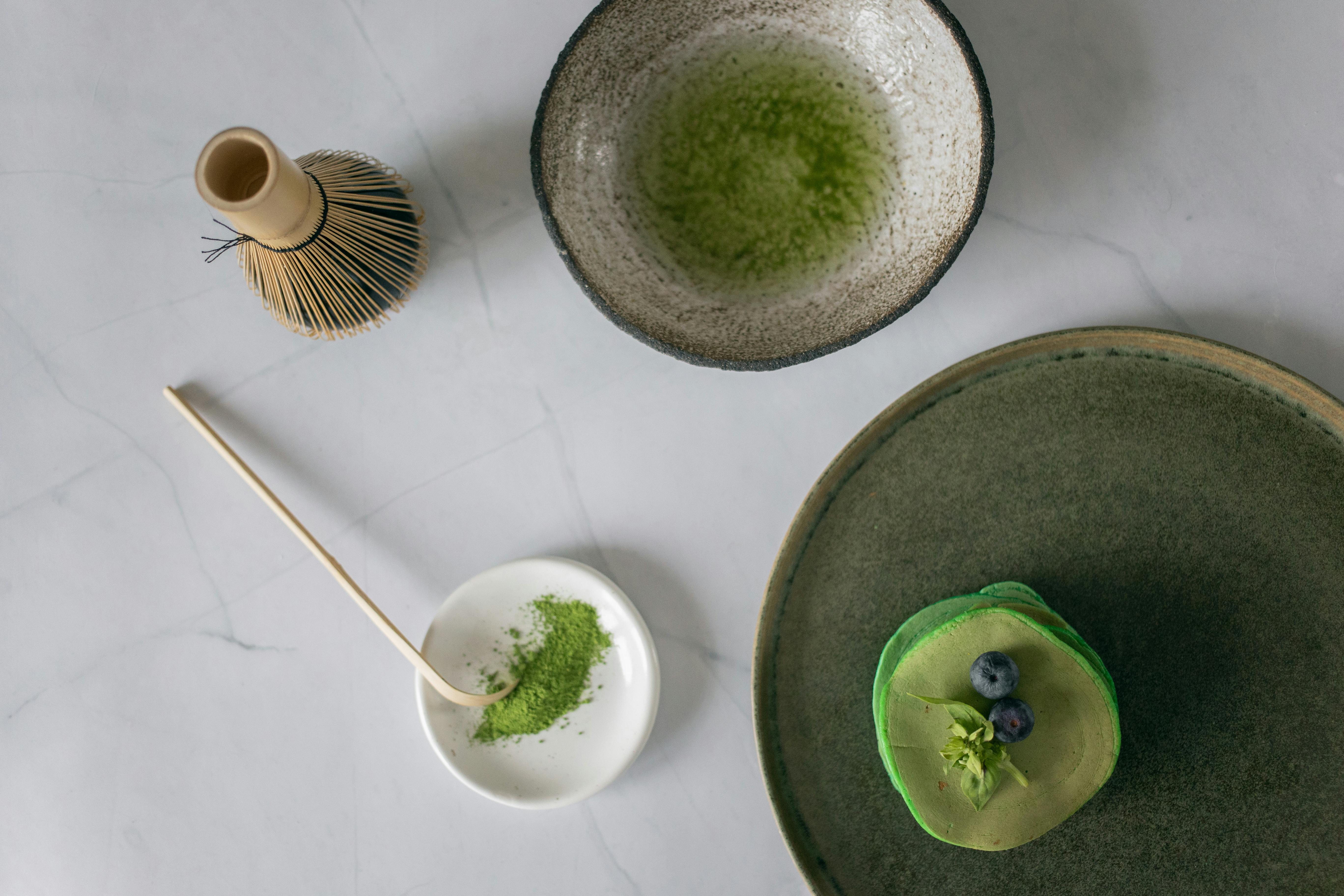Blueberry leaf rust is a fungal disease that can cause significant damage to blueberry crops. In order to prevent blueberry leaf rust from taking hold and causing significant damage, it is important to understand how to treat it. This guide will provide an overview of the steps necessary for treating blueberry leaf rust.Blueberry Leaf Rust is a fungal disease caused by the fungus Thekopsora minima. It affects the stems, leaves and fruit of blueberry bushes, causing yellow spots and rust-colored lesions on the leaves. These lesions can spread quickly across the bush, resulting in defoliation and reduced berry yields. If left untreated, Blueberry Leaf Rust can severely weaken the plant and even kill it.
How To Identify Blueberry Leaf Rust
Blueberry leaf rust is a fungal disease that affects the foliage of blueberry shrubs. It is caused by the fungus Pucciniales and is more common in wetter climates. Symptoms of blueberry leaf rust include yellow spots on the leaves, brown lesions, and eventually defoliation of the shrub. To identify blueberry leaf rust, it is important to recognize its telltale signs.
The first sign of blueberry leaf rust is yellow spots on the leaves. These spots can be either circular or elongated, and will usually have a rusty center. The spots can grow larger over time and may join together to form large patches.
In addition to yellow spots, other symptoms of blueberry leaf rust include brown lesions on the underside of the leaves. These lesions often have a raised appearance and may be surrounded by yellow halos. As these lesions get bigger, they may merge together and cause defoliation of the shrub.
Finally, another sign of blueberry leaf rust is premature defoliation of the shrub. This occurs when infected leaves turn brown or black and drop off earlier than normal in the season. In extreme cases, entire branches may be affected by this fungal disease.
To help prevent blueberry leaf rust from spreading, it is important to remove infected leaves as soon as possible. Pruning infected branches can also help reduce its spread. In addition, practicing good sanitation around shrubs can help reduce the risk of infection. This includes removing fallen foliage from around plants and avoiding overhead irrigation when possible.
By familiarizing yourself with these signs and symptoms, you can easily identify blueberry leaf rust before it causes serious damage to your plants. Taking preventive measures such as pruning infected branches and removing fallen foliage helps prevent it from spreading further in your garden or landscape
What Causes Blueberry Leaf Rust?
Blueberry leaf rust is a fungal disease caused by the fungus Pucciniastrum vaccinii-corymbosi. This fungus is found on many species of blueberry plants in North America, Europe, and Asia. The disease affects the foliage of the plant, causing yellow spots on the upper surface of the leaves and small reddish-brown pustules on the underside. The pustules contain spores that are spread to other plants by wind and rain splashes. If left untreated, blueberry leaf rust can cause defoliation and can eventually kill the plant.
The most effective way to prevent blueberry leaf rust is through proper cultural management practices. These include removing infected leaves from the affected plants as soon as possible, avoiding overhead irrigation, and maintaining adequate spacing between plants to ensure good air circulation. Additionally, applying fungicides specifically labeled for blueberry leaf rust can help reduce the severity of an infection or stop one from occurring in the first place.
What Are The Symptoms Of Blueberry Leaf Rust?
Blueberry leaf rust is a fungal disease that affects the foliage of blueberry shrubs. Symptoms of this disease include yellow and orange spots on the leaves, as well as the leaves turning brown and eventually falling off. The undersides of the leaves may also develop a gray or rusty-colored coating. In severe cases, entire branches may become affected due to the spread of the fungus. In addition, blueberry fruits may develop dark lesions which can cause them to rot and fall off prematurely. If left untreated, blueberry leaf rust can severely reduce crop yields.
It is important to take preventative measures when dealing with blueberry leaf rust. Proper pruning and thinning can help reduce overcrowding which can make it more difficult for the fungus to spread. Additionally, removing affected branches or leaves can help minimize its spread as well. Fungicides may also be used to treat blueberry leaf rust in order to protect plants from further damage.
How To Prevent Blueberry Leaf Rust
Blueberry leaf rust is a fungal disease that can cause significant damage to blueberry plants. The fungus infects the foliage of blueberries, causing yellow spots that eventually turn brown and become covered with a powdery orange-brown substance. The disease can spread quickly, leading to defoliation and reduced fruit production. Fortunately, there are several steps you can take to prevent blueberry leaf rust from occurring in your garden.
The first step in preventing blueberry leaf rust is to practice good cultural practices in the garden. This includes ensuring that your plants have adequate air circulation and not overcrowding them. Pruning should be done regularly to remove any dead or dying branches and foliage, as this can provide a breeding ground for the fungus. In addition, it’s important to avoid overhead irrigation, as this can increase the risk of fungal infections.
It’s also important to use resistant varieties of blueberries when possible. Many varieties have been developed which are resistant or tolerant of the fungus, and these should be used where possible. If you’re unsure which varieties are best for your region, consult with your local extension office for advice.
Finally, it’s important to monitor your plants regularly for signs of infection. Early detection is key when it comes to treating blueberry leaf rust, as the sooner you identify an infection the easier it will be to treat it before it spreads further. If you do find an infection on your plants, it’s important to act quickly by pruning away any affected leaves and using a fungicide such as mancozeb or chlorothalonil according to label instructions.

Blueberry Leaf Rust Treatment
Blueberry leaf rust is a common fungal disease that affects the leaves of blueberry plants. To treat blueberry leaf rust, it is important to identify the signs and symptoms and take quick action to reduce the spread of the fungus. The best way to treat blueberry leaf rust is to prune affected branches and dispose of them, apply fungicides, and adjust the environment in which they are grown.
Pruning is a crucial part of treating blueberry leaf rust. Pruning should be done on an annual basis and should focus on removing affected branches. Branches with visible symptoms such as yellowish-orange pustules or spots should be cut back to healthy wood. All pruned material should be disposed of properly to avoid further spread of the fungus.
In addition to pruning, fungicides can be used to control blueberry leaf rust. Fungicides can be applied as a preventative measure or after symptoms have been observed. It is important to read instructions carefully before applying fungicides and follow all safety precautions.
Finally, adjusting environmental conditions is a key part of treating blueberry leaf rust. Blueberries require full sun for optimal growth but too much direct sunlight can increase susceptibility to infection by fungal diseases like blueberry leaf rust. In addition, adequate air flow around plants helps keep leaves dry which helps prevent fungal diseases from spreading quickly.
In conclusion, treating blueberry leaf rust requires pruning affected branches, applying fungicides when necessary, and adjusting environmental conditions for optimal growth and disease control. Taking these steps can help reduce the spread of the fungus and ensure healthy plants year after year.
Blueberry Leaf Rust Treatment
Blueberry leaf rust is a fungal disease that affects the foliage of blueberry plants. It is caused by the fungus Pucciniastrum vaccinii-corymbosi. Symptoms include yellow spots on the upper leaf surface, and orange-red spots on the lower leaf surface. In order to prevent and treat this disease, a fungicide should be applied to the foliage of blueberry plants every two weeks during periods of active growth. This will help to reduce the severity of infection and limit any further damage to the plant. Fungicides should be applied in accordance with label instructions and in accordance with local regulations.
In addition, removing affected foliage, pruning out infected branches, and keeping weeds away from blueberry plants can help reduce the spread of this disease. It is also important to make sure that water does not sit on leaves for long periods of time as this can create an ideal environment for fungal growth. Finally, providing adequate air circulation around plants can help keep fungal spores from settling down and causing further infection.
How Often Should You Treat Blueberry Leaf Rust?
Fungicides should be applied every two weeks during periods of active growth in order to prevent and treat blueberry leaf rust. However, it is important to pay attention to local regulations as some areas may require more frequent applications or may even have restrictions on what types of products can be used on plants. Additionally, it is important to monitor weather conditions as heavy rainfall or high humidity levels may require more frequent applications in order to adequately protect plants from infection.
How To Manage Severe Cases Of Blueberry Leaf Rust
Blueberry leaf rust is a fungal disease caused by the pathogen Pucciniastrum vaccinii. It is one of the most serious diseases affecting blueberry production worldwide. Symptoms include yellow-orange spots on the upper surface of leaves and rust-colored pustules on the underside of leaves. Severe cases of blueberry leaf rust can cause defoliation, resulting in reduced crop yields. Fortunately, there are steps that can be taken to manage severe cases of blueberry leaf rust and minimize its impact on crop yields.
One way to manage severe cases of blueberry leaf rust is by applying fungicides. Fungicides such as chlorothalonil and mancozeb can help reduce the spread of the disease and prevent further damage to plants. It is important to note that fungicides should only be used as a last resort, as they can be toxic to beneficial insects and other organisms in the environment.
Crop rotation is another effective way to manage severe cases of blueberry leaf rust. By rotating crops, farmers can reduce the buildup of pathogens in soil and reduce potential disease outbreaks. In addition, planting resistant varieties or cultivars can also help reduce disease pressure, as these varieties are less susceptible to infection by the pathogen responsible for blueberry leaf rust.
Finally, it is important to practice good sanitation and hygiene in order to prevent the spread of blueberry leaf rust. This includes removing affected leaves from plants, disposing of them properly, and avoiding working with wet foliage or soil that could spread spores from diseased plants onto healthy ones. By following these steps, farmers can effectively manage severe cases of blueberry leaf rust and protect their crops from potential losses due to defoliation.

Conclusion
Blueberry leaf rust is a serious problem that can cause major damage to blueberry plants. To prevent and treat blueberry leaf rust, it is important to properly maintain the blueberry plants and surrounding environment. Proper sanitation, pruning of old leaves, and avoiding overhead irrigation are all important techniques for preventing the spread of infection. If rust does develop, use fungicides to control the infection. Be sure to read and follow all label directions carefully. Finally, it is best to practice early detection of blueberry rust and treat as soon as possible.
With proper maintenance and timely treatment, blueberry leaf rust can be managed effectively. It is important to understand the biology and life cycle of this fungus in order to prevent blueberry leaf rust from affecting your crop. Following these tips will help ensure that your blueberries stay healthy for years to come!



